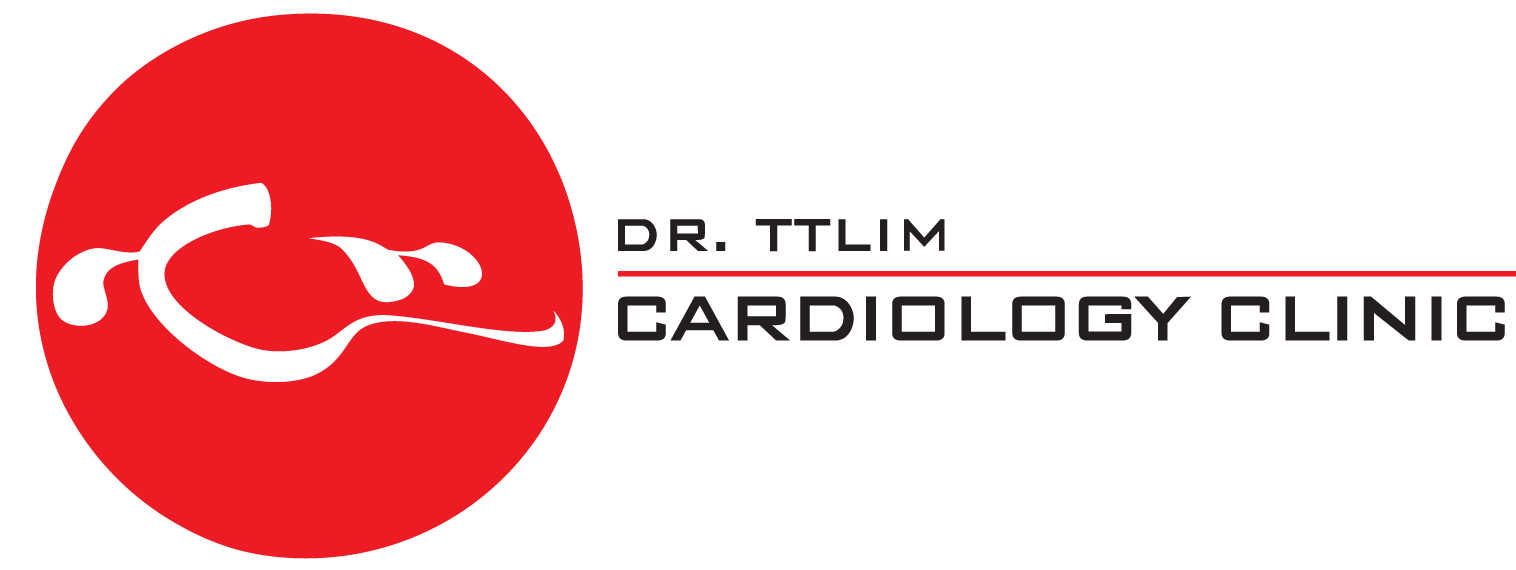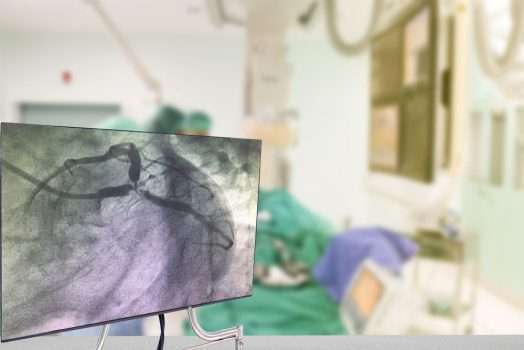What is it?
Coronary angiogram, also known as cardiac catheterization, is an invasive imaging diagnostic test that helps evaluate the functioning of your heart. By inserting a catheter (long, tiny tube), your heart and coronary arteries’ functioning can be analyzed with ease. It can also be used to identify issues within the heart or arteries, as well as fix them from within.
A cardiac catheterization is often paired along with other tests and scans, so as to obtain all necessary details of your heart needed to suggest an appropriate treatment. Some such tests/scans include intravascular ultrasound, optical coherence tomography, and fractional flow reserve. In some cases, an angioplasty (interventional procedure) may also be done through the catheter, depending on your case. Interventional procedures can include treatments such as balloon angioplasty, stent placement, rotablation, as well as intravascular lithotripsy.
Although cardiac catheterization is a fairly safe procedure, it is important to understand the potential risks it could pose, which depends on individual cases. Some risks include:
- Allergic reactions to medications used
- Irregular heart rhythm
- Infections
- Low blood pressure
- Bleeding at the catheter insertion area
- Chest pain
- Damage to blood vessels or arteries
- Blood clots, heart attacks or stroke
How is it done?
Cardiac catheterization is an invasive procedure and hence, involves numbing medications being injected, before the catheter tube is inserted introduced. Depending on the region to be scanned and tested, the catheter will be inserted into the arm, neck or even groin. Once the catheter is in place, a contract material is injected through it, which flows through the heart and arteries. This material makes the organs appear clearer in the scan images, created using the x-ray machine. Once the necessary images are created, the tube is slowly and carefully removed before the site is bandaged up.
Since this is an invasive procedure, you will be briefed on what to do in order to prepare for the test. Some common steps would include:
- Avoid eating or drinking before the test (at least a few hours before, or according to doctor’s instructions)
- Let the doctor know about your allergies, current medications, existing health conditions, etc.
- Avoid smoking and drinking in the days leading up to the test
- Have a friend or family member with you on the day of the test, so as to have a ride back home safely
Once the test is successfully completed, you will be instructed on how to care for the insertion site as well as your general health as you recover from the effects of the test. You will be required to stay hydrated, in order to flush out the contrast material, as well as follow a healthy, balanced diet (unless specific instructions are given).
Why is it done?
A cardiac catheterization procedure can help doctors with various functions including:
- Diagnosing the cause of chest pains and/or abnormal heart rhythm
- Identifying the presence of coronary artery disease, valve disease, etc.
- Analyzing heart health and functioning
- Checking blood flow and oxygen levels throughout the heart and arteries
- Placing stents to open up blocked arteries
- Determining the need for further treatments or a heart transplant





